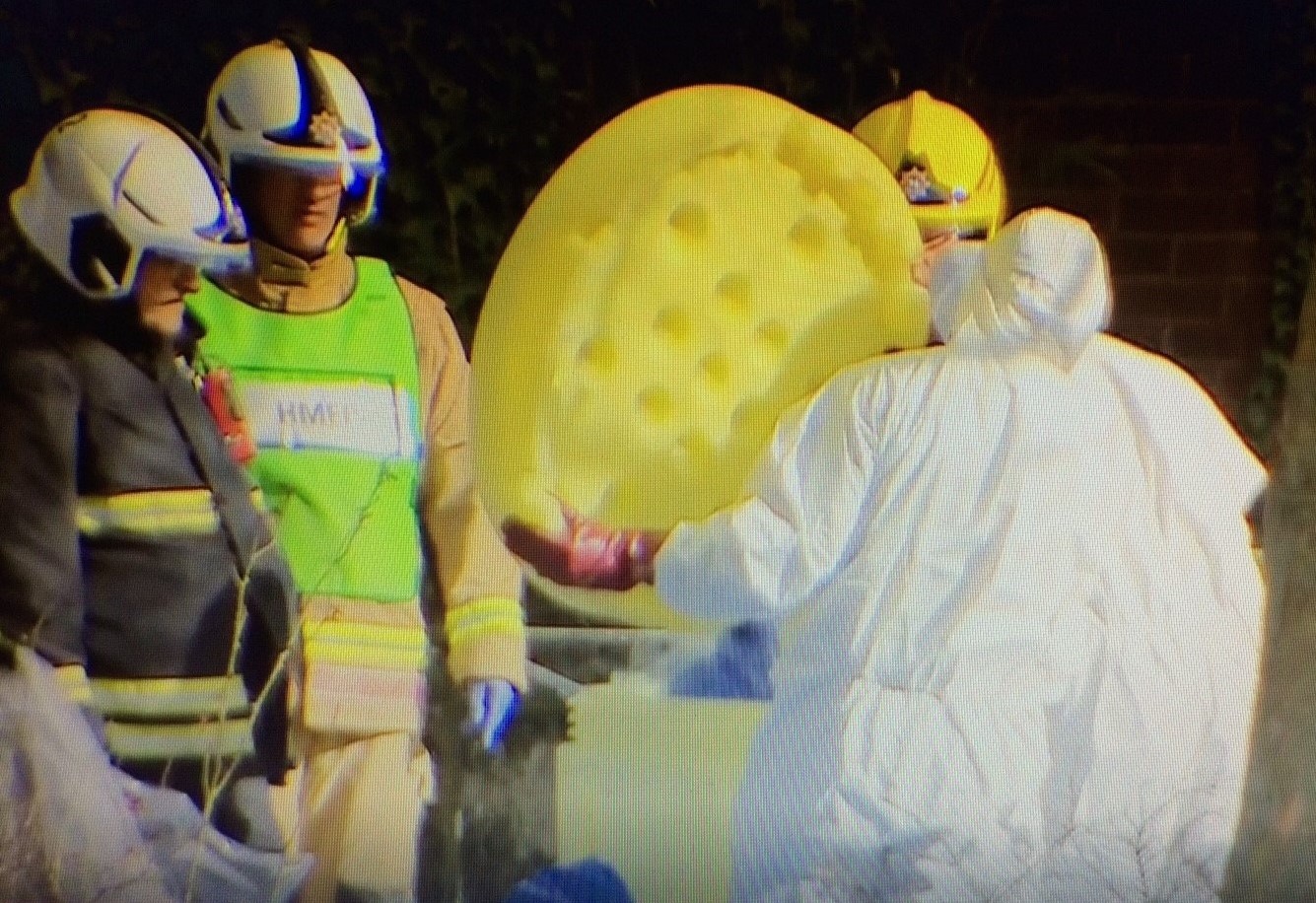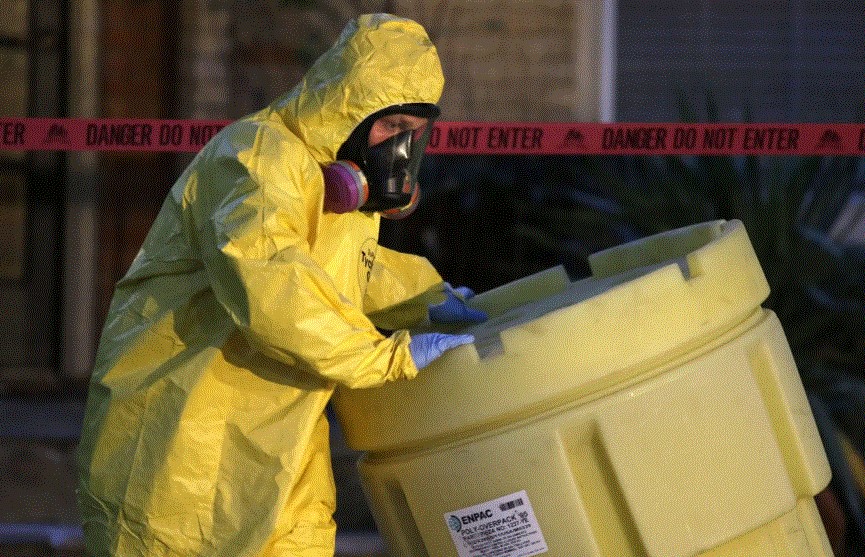Not Your Average Trash Can
Posted by ENPAC, LLC on Jul 26th 2021
Not Your Average Trash Can
The 95-gallon Poly-Overpack Salvage drum was the product upon which ENPAC was founded. Needless to say, over the 30 years we have been in business, we have heard this item referred to as a trash can on more than one occasion. Yet, to give the yellow drum this moniker is quite a disservice. This humble unit has been on numerous film sets, assisted with the cleanup of countless disasters, and even visited The White House. It is an item that is near and dear to the hearts of every ENPAC employee, and continues to play a pivotal role in environmental protection.
Originally given the part number 1237-YE, it has been improved and transformed over the years, evolving into the current 1095-YE. This post is dedicated to the drum that started it all, providing insight into just how technical and heavily engineered this “trash can” is.
For starters, let’s get one point straight: though the word “overpack” appears in the trade name of the drum, it is so much more. In reality, an overpack is just an item that is packed over another product. Thus, a cardboard box is an overpack. What sets the 1095-YE apart is the fact that it receives a UN/US DOT rating as a salvage drum. This means that it is rated for the transportation of hazardous materials. In the case of the 95-gallon model, it is designed to transport leaking or damaged 55-gallon drums.
In order to be classified as a salvage drum, though, the units must survive rigorous testing procedures. First, the units are loaded to the appropriate weight for the desired rating. Then, they are frozen to 0° F to the core. A temperature probe is put at the center of the drum’s contents to ensure this temperature is achieved. Then the torture really begins in the form of a drop test. The drums are dropped from a height of 6 feet at three different angles: on the side, on the bottom, and on “the place most likely to fail.” In this case that is at a diagonal, smack on the corner of the lid. As you can imagine, this places immense stress on a single point of the fully loaded, frozen drum. The idea is to simulate the unit falling from the deck of a truck in transit.
With the drop test complete, frozen drums are then sent to a stack test. In this case, the amount of pressure that would be placed on the bottom drum in a stack 9 meters is placed on top of the test unit. In order to pass, no deflection or failure can be present. The final Herculean labor imposed upon the salvage drum is a pressure test at 20 kPa. If no leaks are detected, the testing process is complete and the drum is qualified. It’s badge of honor? A label that is considered permanent, defining the rating of the drum and the facility in which it was manufactured.
Even this is a simplified version of the entire process, though. Our engineers and quality control team work tirelessly to test each model of salvage drum, not just the 95-gallon variety. What’s more, the units must be re-certified every year, and more frequently if resin or manufacturing procedures are altered. When one considers the number of variables in the production process, there is a lot of science that goes into creating these incredibly strong “trash cans.”
Yet, we are happy to devote so much time and effort to this product, as the hazardous materials they contain can literally make the difference between life and death. During the Ebola outbreak a couple years ago, these yellow drums could be seen in the background on just about every major news outlet. Contaminated clothing and medical materials were being sealed in the one-trip containers to be safely transported to incineration facilities.
More recently, when an ex-Russian spy was tragically killed in Salisbury, England using a deadly poison, the 1095 was present to assist with the cleanup efforts. Our friends at Fosse Liquitrol, a long time ENPAC distributor partner, were kind enough to send along the included photographs original published by BBC and the Daily Telegraph. Once again, this key piece of disposal equipment was the last line of defense in the transportation of deadly chemicals. It may not look like much from a quick glance, but this humble drum has been protecting people and the planet for 30 years. Not bad…for a trash can.




